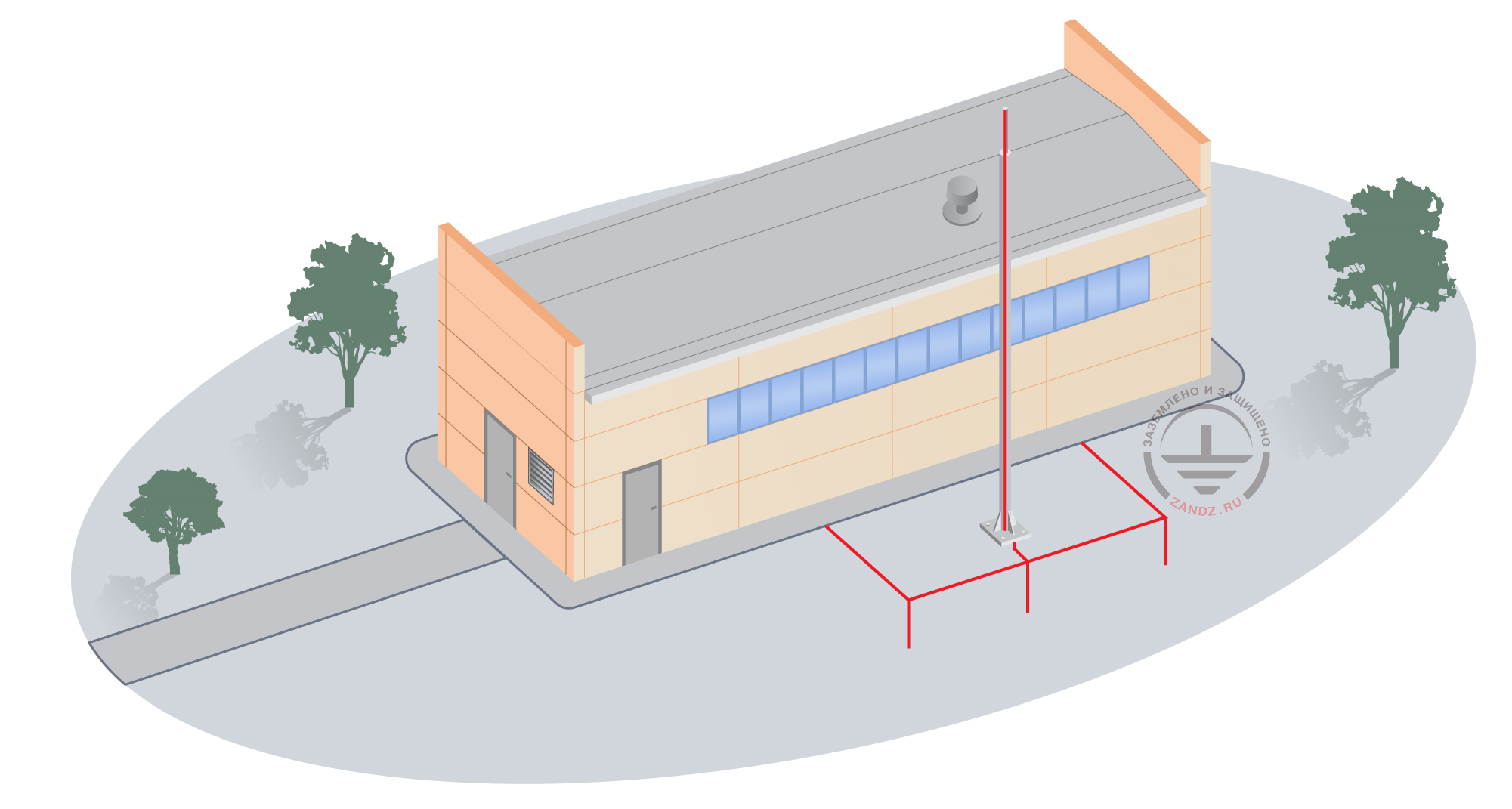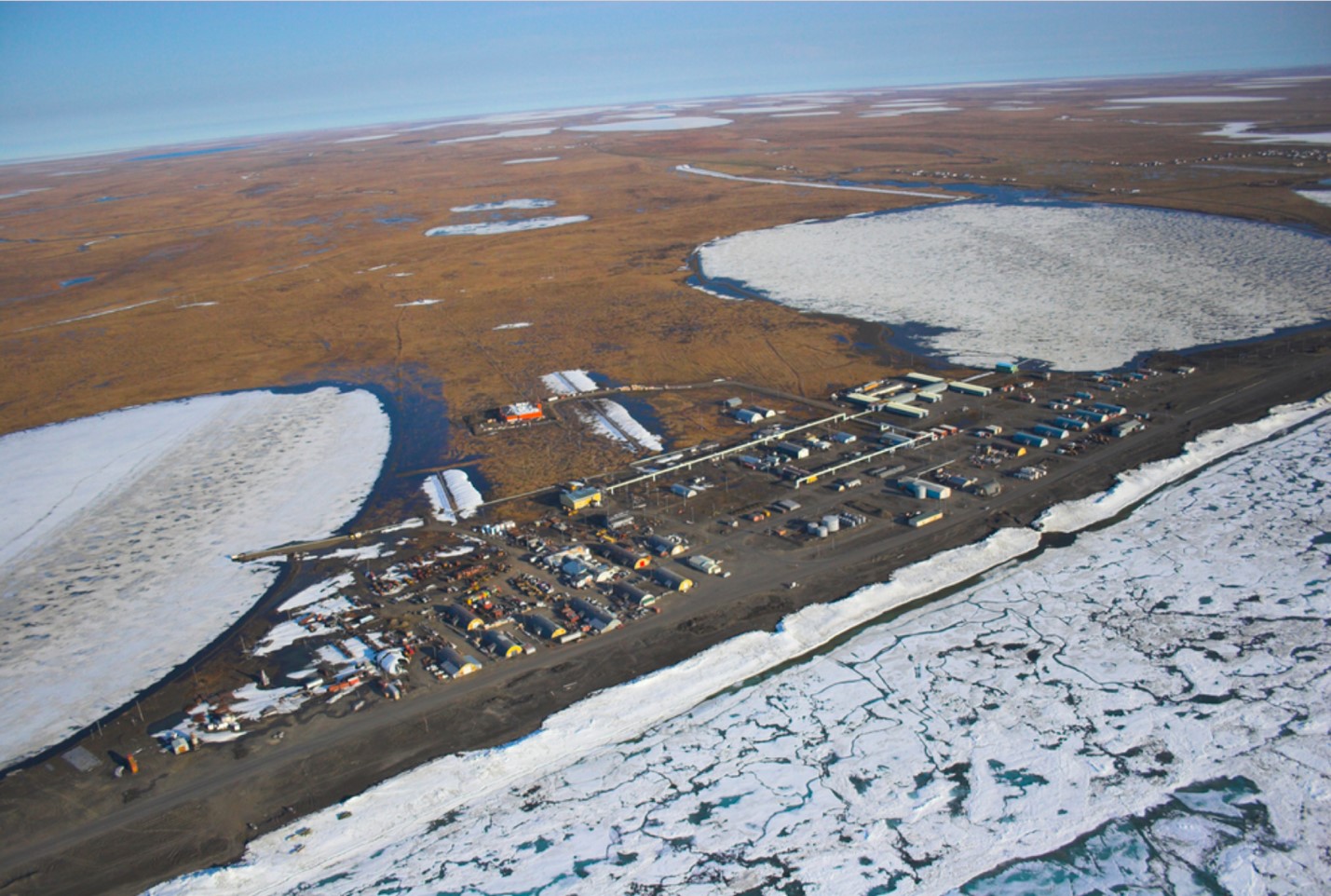09.10.14 , , ,
Many electricians and builders think about the choice of a grounding device used in permafrost soils. This is not surprising, because in the regions where the average annual temperature does not rise above -5C, the ground simply doesn't have time to completely. Because of that its resistivity increases up to 1000 Ohm / m. What to do in this situation?
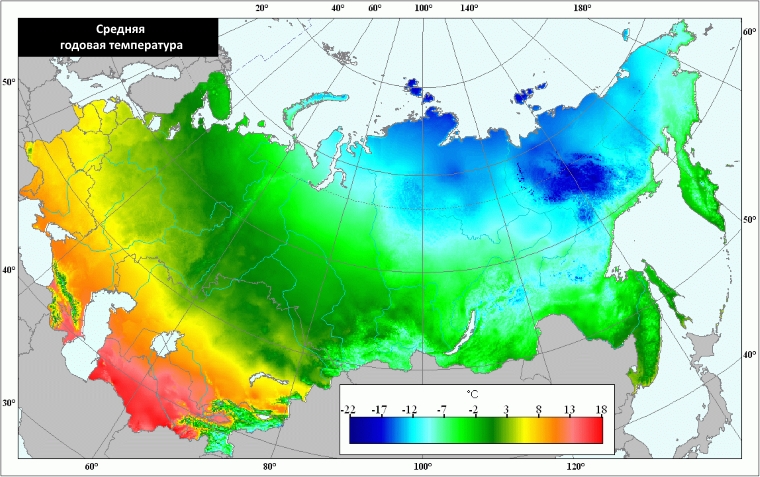
Usually, permafrost soil begins at the depth of 1 meter. Use of vertical ground electrodes in this case is not possible because of the fact that most of these ground electrodes will be in conditions of high resistivity and it will be necessary to increase the amount of ground electrodes to 10, and even more, so the total area of their contact with the non-frozen ground would be greater.
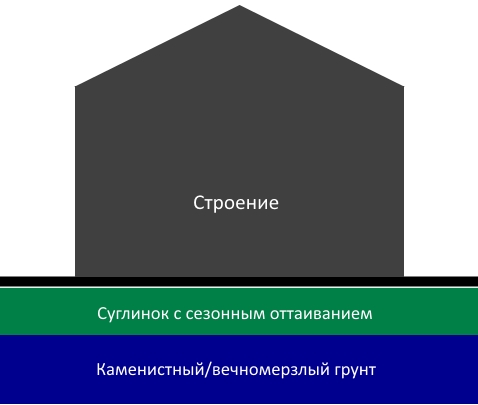
Of course, increase of the number of vertical ground electrodes increases the total cost in tens of times, which can not be said about the efficiency, which tends to increase only 2-3 times.
In this case, you must install the ground electrode not deeper than the frozen soil, ie, to the depth of 1 meter.
Electrolytic grounding by ZANDZ is used for grounding in such conditions.
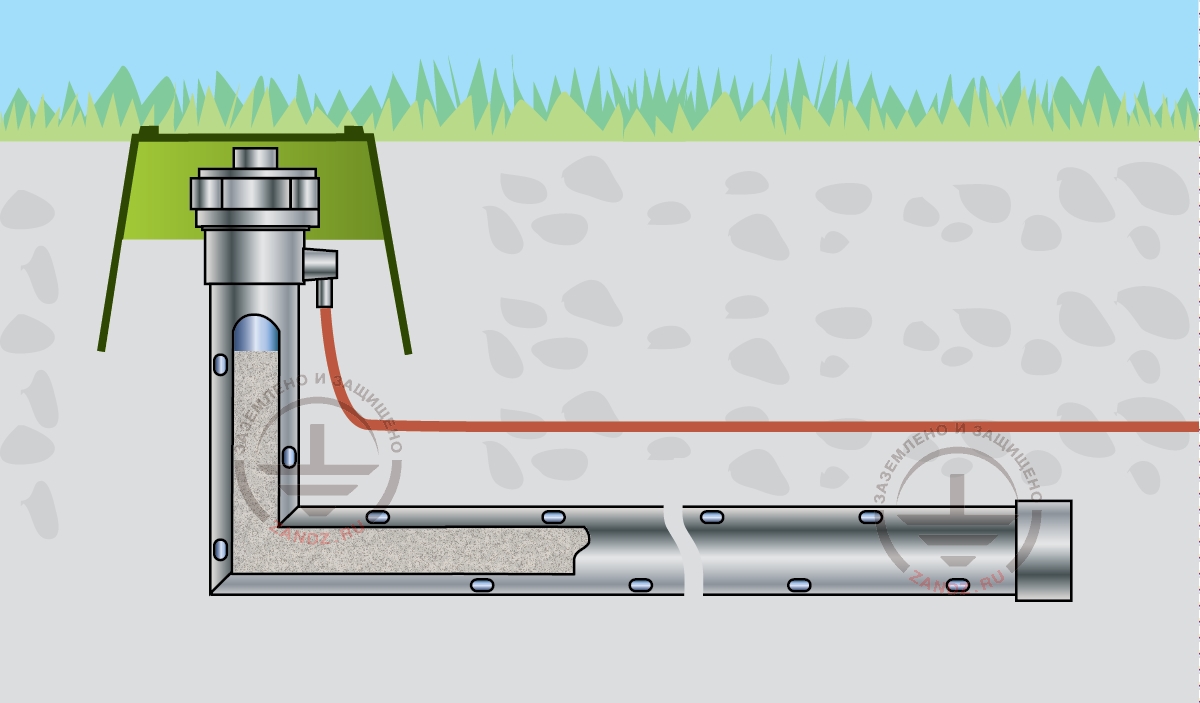
ZANDZ electrolytic grounding kit has the following advantages:
- a ready kit provides resistance up to 12 times less *
- allows installation to the depth of 1 meter due to the small height of the electrode - only 0.6 meters.
*compared to the steel electrode of the same size
ZANDZ electrolytic grounding is widely used by major oil and gas, telecommunications and energy companies of the country.
Read more about the system of ZANDZ electrolytic grounding
Related links:
Modular grounding
Calculation of grounding
Soil electrical resistivity
Related Articles:
